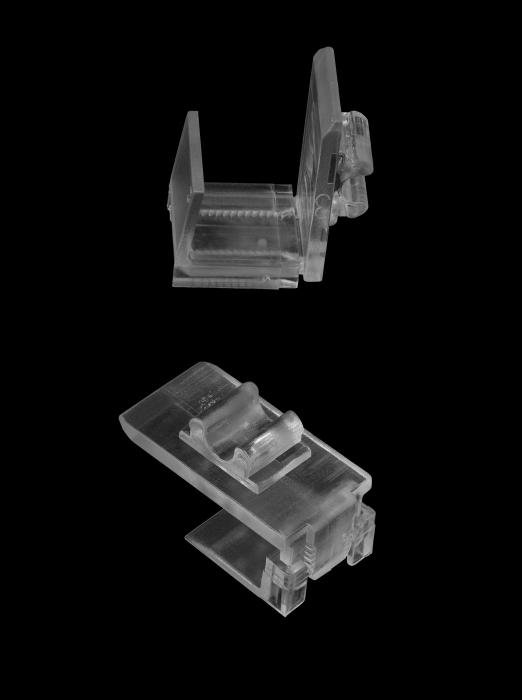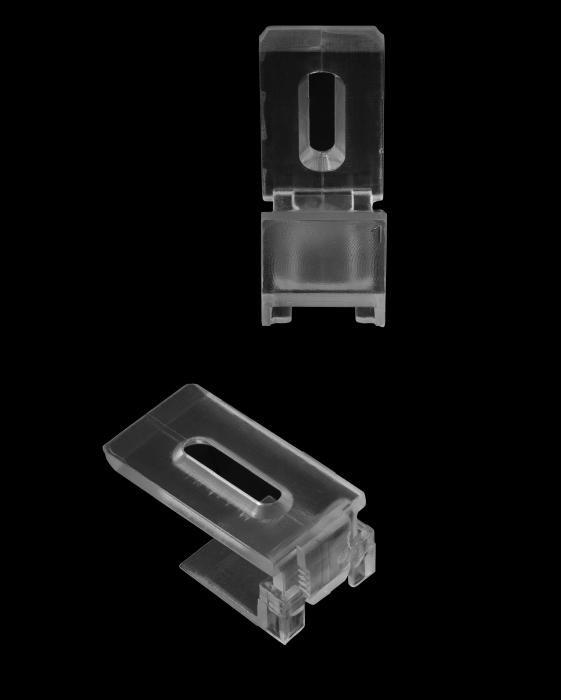Characteristics of Plastic
Plastic is a material that, in many applications, offers significant advantages over metal, especially when it comes to weight.
On average, plastic is about seven times lighter than metal for the same volume. This results in clear practical benefits, such as greatly reduced transport costs and effort: lighter loads mean less wear on vehicles, lower fuel consumption, and reduced emissions, contributing to a smaller environmental impact.
However, the advantages are not limited to logistics.
The lightness of plastic has enabled major advancements in highly technical fields such as aerospace.
Reinforced polymers are essential here, as they reduce structural weight without compromising strength.
Consider rockets, satellites, or space probes: building them entirely from metal would require far more fuel to lift them into space, making launches inefficient or even impossible.
In everyday production environments, lower weight means improved worker safety, easier handling, and faster assembly processes.
Plastic is therefore not only cost-effective, but also functional, versatile, and essential across many sectors.
The key lies in using it responsibly: taking advantage of its strengths, minimizing waste, and ensuring proper recycling to support a sustainable lifecycle.







































































